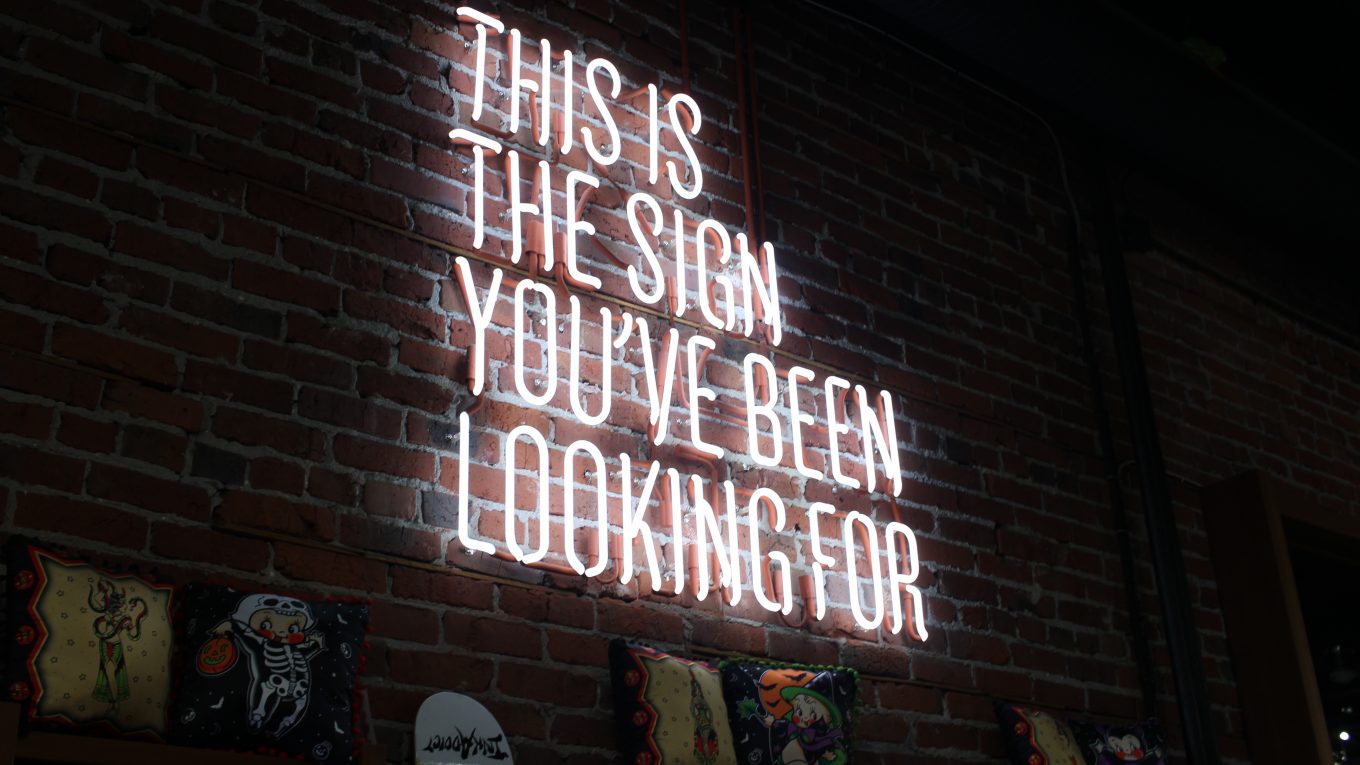Critical Literacy
This topic is foundational to the work I do as an instructor and is intermingled in the digital tinkering I do as a learner. So what is critical literacy? What is critical digital literacy? Are there elements in one that are not incorporated into the other?
I’ve just finished reading Alan Luke’s (2012) article Critical literacy: Foundational notes. Luke is a researcher I’ve referenced and bring into conversations in the courses I teach, starting with this video:
After reading the article, there are several key points about critical literacy that I’ll reflect on here. Luke brings forth the question “What is truth? How is is presented and represented, by whom, and in whose interests?”. These questions are prompted by Marshall McLuhan’s notion of a global village – “a virtual and material world where traditional print and image, canonical genres and new modalities of information sit side by side – where new and old media build discourse communities and enable political and cultural action” (p. 4). Determining “whose version of culture, history, and everyday life will count as official knowledge” is at the root of critical discourse about critical literacy, as evident in publication selections by, for, with First Nations researchers or those from Global South contexts.
Luke states “the term literacy refers to the reading and writing of text. The term critical literacy refers to use of the technologies of print and other media of communication to analyze, critique and transform the norms, rule systems and practices governing the social fields of everyday life” (p. 5). This definition, when considered from an educational stance, requires that those within the field examine how, why, and where these norms, rules, ways of doing, ways of being in relationship to topics, processes, procedures, and each other, are examined with a social justice view, particularly those who are marginalized and disenfranchised.
“Critical literacy has an explicit aim of the critique and transformation of dominant ideologies, cultures and economics, and institutions and political systems” (Luke, 2012, p. 5). Luke continues in the article to explore the writing of Friere (1970) and how ‘reading the world’ helps individuals “unpack myths and distortions, and building new ways of knowing and acting upon the world” as part of critical discourse. In education, the emphasis is on meaning-making, while defining “literacy as an internal cognitive process reliant upon a readers’ background knowledge or schemata” (Luke, 2012, p. 6). Literacy is “affiliated with the developmental acquisition of complex forms of reasoning and cognitive processes” (p. 6) with an “increased emphasis on personal response to literature” (p. 6).
With a refocus on critical pedagogies, after Freire’s work, Luke suggests that “critical literacy is on ideology critique of the world portrayed in media, literature, textbooks, and functional texts” where schools “begin from learners’ worldviews, in effect turning them into inventors of the curriculum, critics and creators of knowledge” (Luke, 2012, p. 7). Luke further explores how education in schools and universities “focus literacy on community study, and the analysis of social movements service learning, and political activism” while also exploring the “development of a critical media literacy focusing on the analysis of popular cultural texts including advertising, news, broadcast media, and the Internet” (p. 7).
Luke concludes by suggesting that critical literacies are “by definition, historical works in progress. There is no correct or universal model. Critical literacy entails a process of naming and renaming the world, seeing its patterns, designs, and complexities, and developing the capacity to redesign and reshape it” (p. 9). Luke’s final statement rings true for the work that I do as an educator and learner, as he states how “educators shape and deploy the tools, attitudes, and philosophies of critical literacy are utterly contingent: It depends upon students’ and teachers’ everyday relations of power, their lived problems and struggles, and … on educators’ professional ingenuity in navigating the enabling and disenabling local contexts of policy” (p. 9). In the 3239CDL and 3910CDL courses, I continue to present a course of study that analyzes the process of analyzing the digital mechanisms that educators apply, navigate around, and enable within their classrooms.
Reference
Luke, A. (2012). Critical literacy: Foundational notes. Theory into Practice, 51, 4-11.
